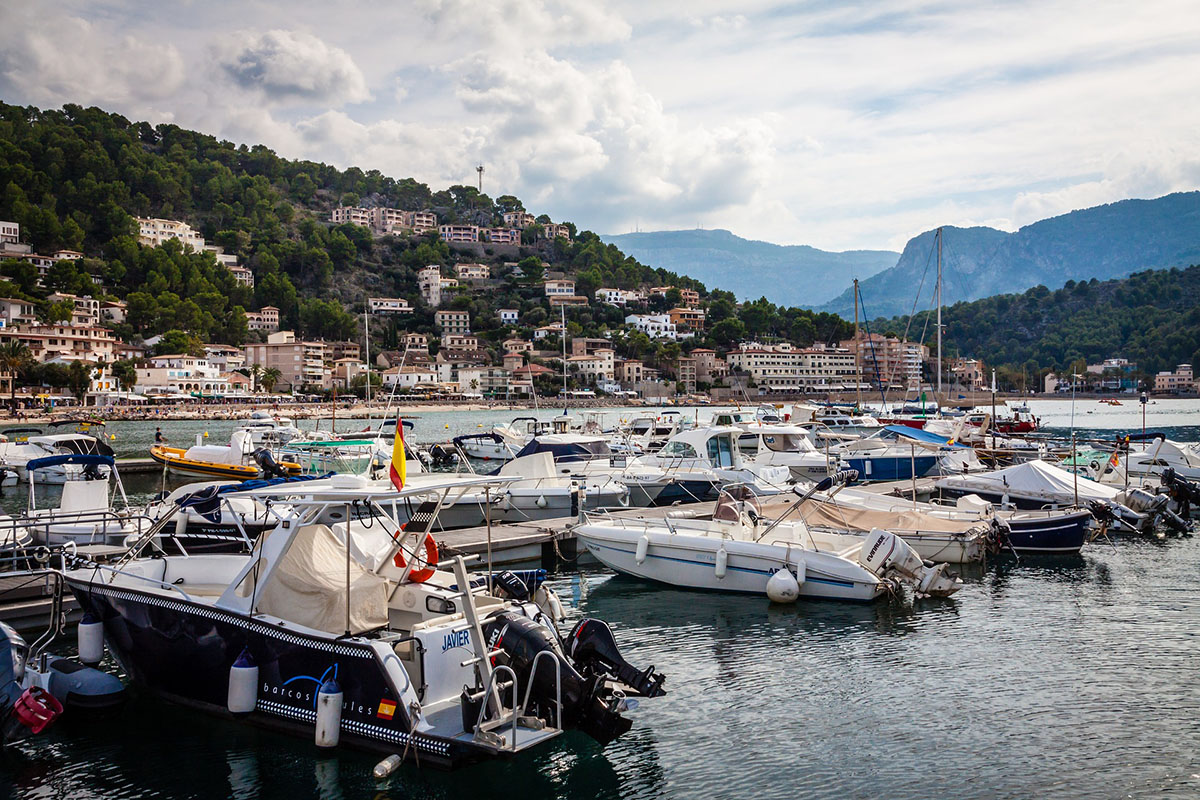Sunny beaches of Spain, picturesque landscapes, the atmosphere of eternal siesta steadily attract tourists. The influx of tourists contributes to the development of the housing market in the country, opening up opportunities for investors. Popular rural areas that offer excellent options at a price lower than the facilities in resort areas. Experts share the opinion of whether to invest money in real estate on the coast of Spain and what are the pitfalls of such transactions.
The reasons for the increase in demand for real estate on the coast of Spain
Analysts point out three factors why investments in this particular European country are beneficial:
1. Sea beaches of Spain are loved by tourists from different parts of the world, the demand for a vacation property is regularly increasing.
2. Investing in this market segment guarantees high profitability and liquidity.
3. Spain is economically stable: high social standards and the standard of living of the population. Such indicators facilitate business management.
Despite a developed economy, the bureaucracy flourishes here, but its minuses are overlapped by the level of the country’s development and stability.
For residence or business management, you need a residence permit. It is carried out subject to the acquisition of housing from 500 thousand. €.
Renting objects for rent is a common option for investing in real estate investments on the coast of sunny Spain. The profitability of this approach is quite understandable: the average cost per square meter of housing for a major city in the country is from € 2,700, for other areas — up to € 1,600. Apartments in Spain start from about 30-35 thousand. €. In the resort areas, the monthly rental rate for a one-room apartment is 600 €, and farther from the tourist centers are 450 €.
Renting an apartment will bring the investor an income of € 5,400 per year. If you deduct taxes of about 24% and associated costs, the net profit will be from 4000 €, so you can cover the amount of the purchase in 10 years. A steady rise in prices in the real estate market in Spain will make it possible to return investments earlier than the forecast period.
The types of Spanish property, which are interesting to investors
Allocate the market of primary, secondary and “semi-new” housing. The first type — properties are purchased from the developer, the second — the purchase of houses or apartments, in which someone has already lived. Resale refers to the “semi-new” housing, but without settling earlier. This option is more expensive than the rest — the properties are trying to sell as profitably as possible.
The primary housing market, as well as secondary, has pros and cons. Apartments or houses on the secondary level have a unique flavor, especially if located in the old picturesque streets. Such an atmosphere can compete with the purity and novelty of the “primary”.

The housing of the secondary market are houses, apartments, and lofts. The latter became popular in the 80s when they began to massively convert industrial premises into habitable ones. Lofts require additional investments for repairs and finishing.
On the coast of Spain real estate is divided into free and socially protected. The first are realtors who set prices themselves. Socially protected housing has subsidies from the state and is implemented with a minimum cost.
Location as a factor in Spanish property value
The sought-after regions of the state are Catalonia and Valencia. The first region is characterized by economic development and the desire for autonomy. Its historical and entertainment centers are Barcelona, Costa Brava, and Lloret de Mar areas. Despite the high housing prices, you can find good options in the vicinity of the state capital. In Costa Brava, the cost of a four-room apartment is about 225 thousand €.
In Valencia, investors may be interested in the Costa Blanca and the less well-known Torrevieja. Here the price of apartments starts from 60-80 thousand. €.
Investing in the real estate market in sunny Spain is a great option to get consistently high income. The mild climate, beautiful nature make the country in demand for tourists for several decades, and this trend will not change for a long time.
